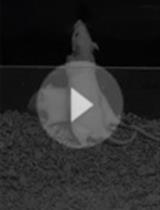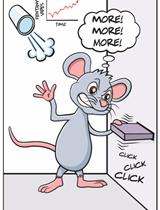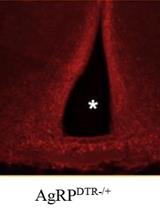- EN - English
- CN - 中文
Protocol for Measuring Free (Low-stress) Exploration in Rats
大鼠自由(低应力)探索测量方案
发布: 2020年01月20日第10卷第2期 DOI: 10.21769/BioProtoc.3485 浏览次数: 4398
评审: Shaarika SarasijaAnonymous reviewer(s)
Abstract
Research on exploratory behavior plays a key part in behavioral science. Studying exploratory behavior of laboratory rodents may provide important data about many developmental and neurobiological processes occurring in animal ontogenesis. The proposed protocol for measuring the free (low-stress) exploration behavior in rats is straightforward, requires minimal resources and very little animal training. It can therefore be broadly applied to studying animal cognition, animal behavior in general, the aging processes, and several animal models of various phenomena.
Keywords: Exploratory activity (探索能力)Background
Research on exploratory behavior is an important part of behavioral science. One of the main goals of this research is to gain a better understanding of the process of adaptation to novelty introduced to a familiar environment or novelty of an unfamiliar environment. Encounters with a novel object or place are crucial for animal survival. They can bring new opportunities or pose a threat. An individual can adapt to the change or try to cope with it in a different way. Specific reactions to novelty depend on the type and characteristics of the novel stimulus and constitute multi-level processes. A high intensity of the stimulus or its biological significance (e.g., food or predator) usually trigger stereotypical responses called ‘species-specific defense responses’ (SSDR), such as freezing, separating the tail from the body (lizards), burying, spreading putrid odor, or flight (see Fanselow and De Oca, 1998, for an extensive review). Reactions to low-intensity stimuli (e.g., stimuli which are not crucial for survival) are less easily observed. However, they are not less important, since they form the core of behavioral repertoire in many species. One may hypothesize that, since the organism does not deal with this class of stimuli by relying on reflexes, the process seems to occur at a higher organization level, similarly to cognitive or pre-cognitive processes. It is therefore important to understand these behavior regulation mechanisms at various levels of organization, and, consequently, apply methods allowing the researcher to measure behavioral activity in its full complexity. Our protocol, described below, was designed to address the postulate of low-stress testing environment for animals, therefore enabling them to express the whole variety of behavioral repertoire.
Most studies conducted to date involve some form of spatial rearrangement of physical objects or introduction of novel objects in an open field or in the animal’s homecage (Calhoun, 1962; Renner and Seltzer, 1991; Picq and Dhenain, 1998; Gouteux et al., 1999). Our protocol replicates this arrangement, but with some notable improvements.
We propose a protocol and equipment suitable for measuring free exploration in small laboratory mammals (e.g., rat, mouse, opossum) in conditions ensuring low levels of stress in individuals involved in the experiment. The aim of the proposed protocol is to analyze the new environment exploration, the rate of habituation to it, and the response to the innocuous and low-intensity novelty into a well-known context, in the rat. During the experiment, the animal is allowed to explore the test arena but is not forced to leave the safe area (transporter). What is more, the experimental chamber creates an opportunity to explore various zones both in the horizontal and in the vertical plane.
The proposed equipment and procedure are suitable for various small mammals. However, laboratory rat is the most common species used in exploration studies, due to its high sensitivity to novelty. The initial version of the procedure was applied in a study conducted on RHA/RLA rats (Pisula, 2003) and most recently on Lister Hooded rats (Pisula et al., 2019).
Materials and Reagents
- Paper towels and nitrile laboratory gloves
- Waterproof marking pen
- Laboratory rats (3 months old; weight between 200 and 240 g)
However, individuals of a different age may be used in studies on developmental or aging processes. The rats are housed in groups of 4 per cage and kept in an environment with controlled temperature (22 ± 2 °C) and humidity (45-65%). The animals have a 12-12 h light-dark cycle and are provided with food and water ad libitum - Virkon® S (Bayer) (used for cleaning purposes)
Virkon® S is a disinfectant in which the main component (49.4%) is a triple salt of potassium: monoperoxy sulphate, potassium hydrogen sulphate and potassium sulphate. It also contains 18% sodium hexanophosphate, 15% sodium dodecylbenzenesulphonate, 10% malic acid and 5% sulphamic acid
Equipment
- Home cage (Tecniplast®(Italy), 1500U Eurostandard Type IV)
- Night vision video camera (BCS-THC3400IR-E, HD-CVI 4MPX IR 30M)
- Wide angle infrared (IR) illuminator (IR Lab Ltd., model: LIR-CS32-940)
- Transporter for rats
A device made of opaque material, used to move the animals from the home cage to the test arena (Figure 1). In our experiments we used a custom made transporter constructed with two overlapping hard PVC tubes. Lifting the middle tube (with a string) reveals the entrance cut out in the outer tube. It is used to standardize the procedure and ensure the minimum stress level caused by human handling during the experiment. The transporter should be equipped with a pull-up door/gate. The gate must be left open during the whole trial in order to allow (but not force) the animal to leave the transporter or stay in it. It should be noted however, that any other similar solutions may be applied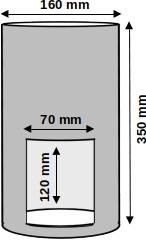
Figure 1. Cylindrical transporter used in our experiment
Note: The exit gate (70 mm x 120 mm) should match the size of the entrance to the test arena. - Chamber for measuring exploratory behavior (Figure 2)
This test arena is a large box (width = 800 mm, height = 800 mm, depth = 600 mm). The chamber is divided into three zones (A, B and C) which have been separated by two walls running perpendicularly to its longer side. The front and the top of the chamber are made of transparent walls that can be lifted to gain full access to the test arena. The wooden division walls between the zones have triangular entrances (120 mm x 140 mm) at the bottom, which enables the animals to move freely between the chamber parts. Dividers are placed at an angle, so as to prevent blind spots in the video recording from the top and from the front. The entrance to the chamber is placed in the central zone (A). The remaining zones, B and C, are where the objects allowing experimental manipulations are placed. In our recent studies (e.g., Pisula et al., 2019), we used wooden tunnels for this purpose (length = 240 mm, width = 120 mm, height = 80 mm). The entire chamber is covered with a layer of washable varnish. Wooden tunnels are covered with washable paint - Tunnels (Figure 2)
In contrast to the most frequently used two-dimensional experimental settings, these tunnels provide a complex three-dimensional environment. In our experiments we used tunnels (200 mm x 120 mm x 80 mm) made of hardwood covered with washable paint. The tunnels are placed in zones B and C. The configuration of the tunnels is changed in one of the chamber zones before the first test trial and this change introduces novelty to the experimental plan. Tunnel configuration is changed by manually moving them or adding/subtracting tunnels in two zones of the chambers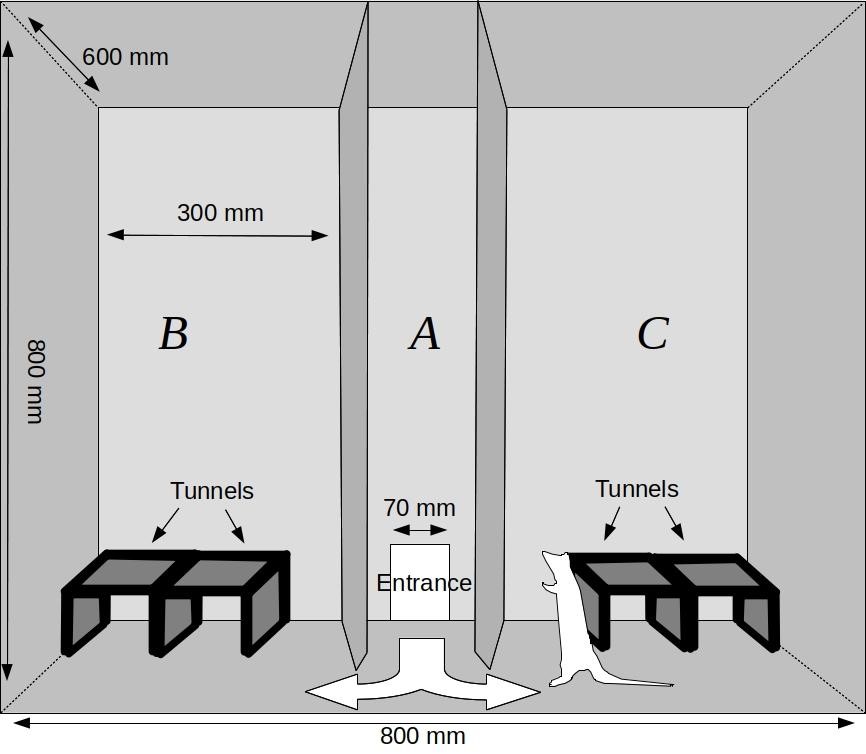
Figure 2. Chamber for measuring free exploration and reaction to low-stress novelty in rats and other small mammals. Frontal view through the transparent front wall.
Software
- BORIS event logging software (Friard and Gamba, 2016; http://www.boris.unito.it/), for coding behaviors from recorded materials, or any other software enabling behavior coding on the basis of video recordings
Procedure
文章信息
版权信息
© 2020 The Authors; exclusive licensee Bio-protocol LLC.
如何引用
Pisula, W. and Modlinska, K. (2020). Protocol for Measuring Free (Low-stress) Exploration in Rats. Bio-protocol 10(2): e3485. DOI: 10.21769/BioProtoc.3485.
分类
神经科学 > 行为神经科学 > 实验动物模型 > 小鼠
神经科学 > 行为神经科学 > 认知
您对这篇实验方法有问题吗?
在此处发布您的问题,我们将邀请本文作者来回答。同时,我们会将您的问题发布到Bio-protocol Exchange,以便寻求社区成员的帮助。
Share
Bluesky
X
Copy link











